The Ultimate Guide to Choosing the Best Sound Proof Panels for Your Home
In today's bustling world, creating a serene home environment is more crucial than ever, making the selection of appropriate sound proof panels a priority for homeowners. According to a recent study by the Acoustical Society of America, nearly 50% of individuals report that noise pollution significantly impacts their quality of life. Additionally, the market for acoustic panels is expected to reach $1.85 billion by 2026, reflecting a growing awareness of the need for effective sound management in residential spaces. Sound proof panels offer a practical solution to mitigate unwanted noise, enhance privacy, and contribute to overall comfort in living areas. This comprehensive guide is designed to navigate the complexities of selecting the best sound proof panels for your home, ensuring you make informed choices that align with your specific acoustic needs and aesthetic preferences.
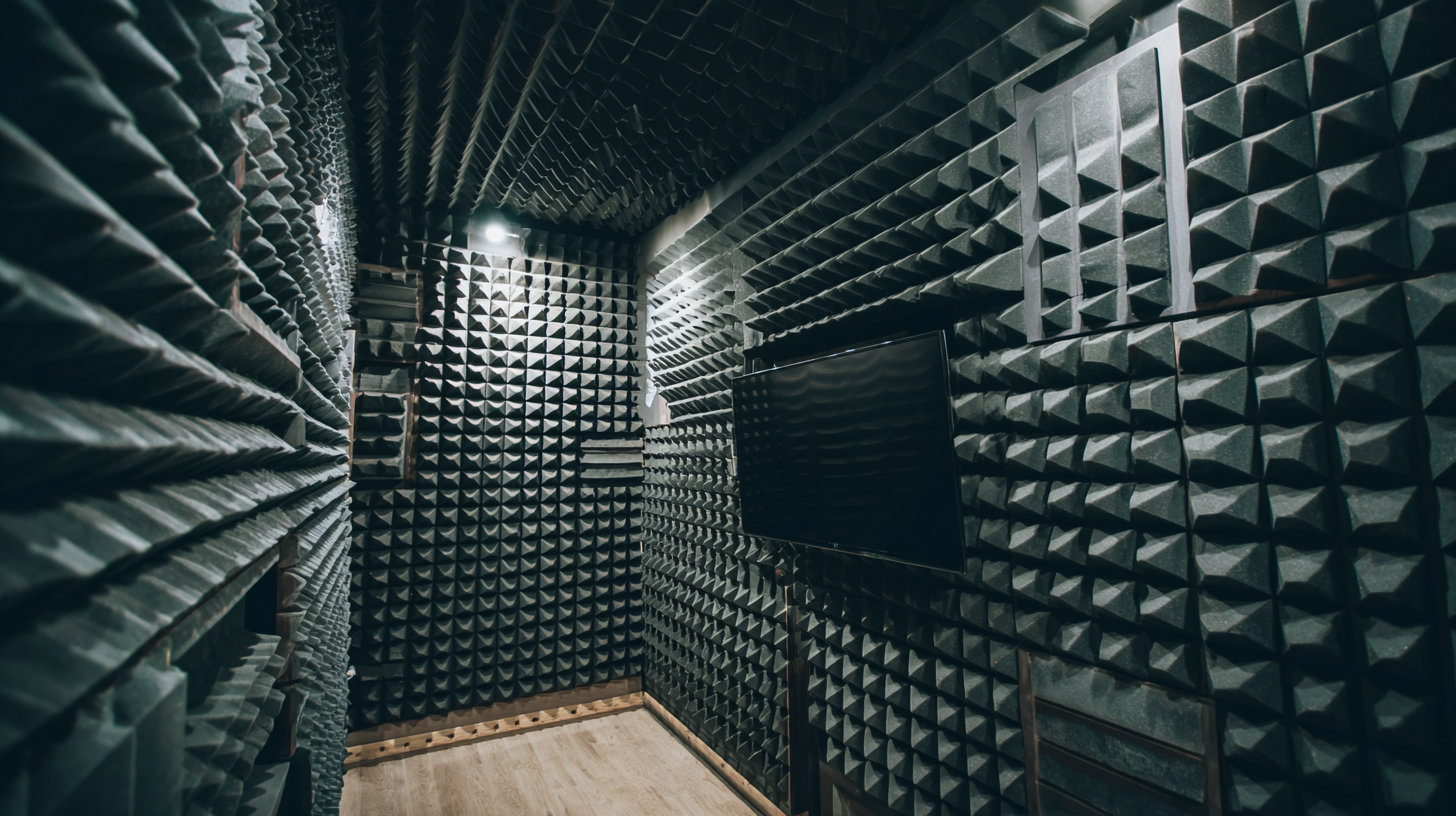
Understanding Soundproofing Basics: Key Concepts and Terminology
When selecting soundproof panels for your home, it’s essential to grasp some fundamental soundproofing concepts.
Soundproofing refers to methods and materials used to prevent sound from entering or exiting a space. Key terminology includes STC (Sound Transmission Class), which measures how well a building element can reduce sound transmission. The higher the STC rating, the better the soundproofing effectiveness. Also, consider NRC (Noise Reduction Coefficient), which indicates how much sound is absorbed by a material; effective sound absorption can help minimize echoes and reverberations in a room.
Tips: When choosing soundproof panels, look for products with a high STC rating to ensure maximum sound blocking. Additionally, check for panels with a good NRC rating if you're also concerned about reducing noise within the space. The panel's material can also play a significant role; dense materials like mass loaded vinyl or fiberglass tend to provide better sound isolation.
Another crucial aspect is the placement of these panels. Properly covering the corners of a room, known as “bass traps,” can significantly improve sound quality. You can also strategically place panels behind speakers and on walls that face busy streets to effectively manage noise levels in your home.
Identifying the Right Type of Soundproof Panels for Your Space
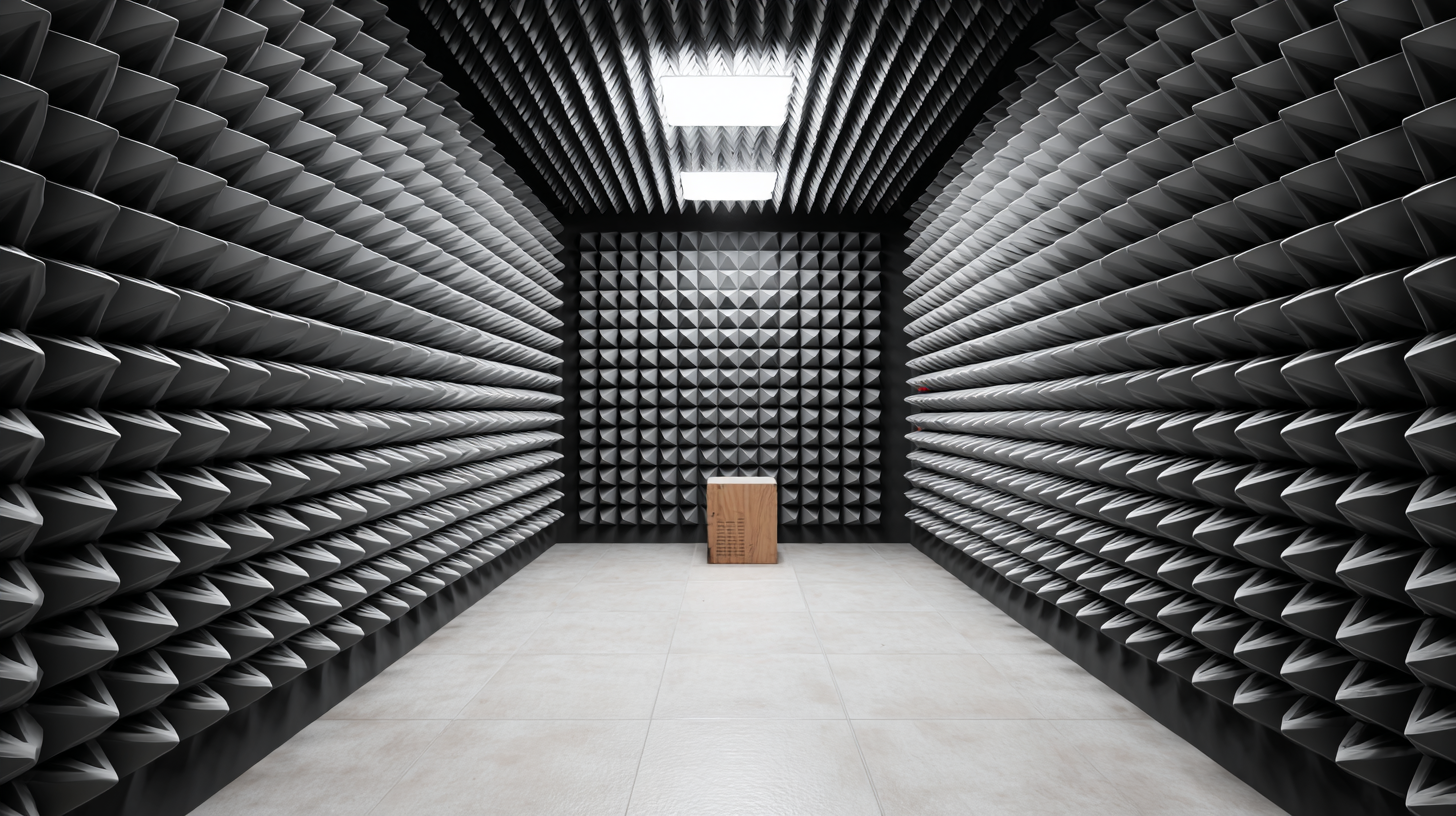 When selecting soundproof panels for your home, it's crucial to identify the right type that suits your specific space and needs. First, consider the primary sources of noise in your environment. If you're situated near a busy street or have a loud neighbor, you may require heavier acoustic panels designed to block sound transmission effectively. Materials like mass-loaded vinyl or soundproof drywall can be ideal for such scenarios, as they optimize sound insulation.
When selecting soundproof panels for your home, it's crucial to identify the right type that suits your specific space and needs. First, consider the primary sources of noise in your environment. If you're situated near a busy street or have a loud neighbor, you may require heavier acoustic panels designed to block sound transmission effectively. Materials like mass-loaded vinyl or soundproof drywall can be ideal for such scenarios, as they optimize sound insulation.
On the other hand, if you’re aiming to enhance the acoustics of a space for music or home theater use, absorption panels may be more beneficial. These panels are typically made from softer materials and help to eliminate echoes and improve sound clarity. Look for options that balance sound absorption with aesthetic appeal, as they come in various designs and colors to complement your home's decor. Understanding the function of the panels in your particular environment will lead you to the most suitable choice, ultimately creating a serene and enjoyable atmosphere in your home.
Evaluating Material Options: Which Soundproof Panels Are Most Effective?
When considering soundproof panels for effective noise reduction in your home, evaluating material options is crucial. According to the Acoustical Society of America, soundproofing materials can reduce noise levels by up to 50%. Common materials include foam, fiberglass, and mass-loaded vinyl, each with distinct properties. Acoustic foam, for instance, is often favored for its lightweight design and ease of installation, making it suitable for DIY projects. Research indicates that high-density foam can offer noise reduction coefficients (NRC) ranging from 0.9 to 1.0, making it highly effective for absorbing sound.
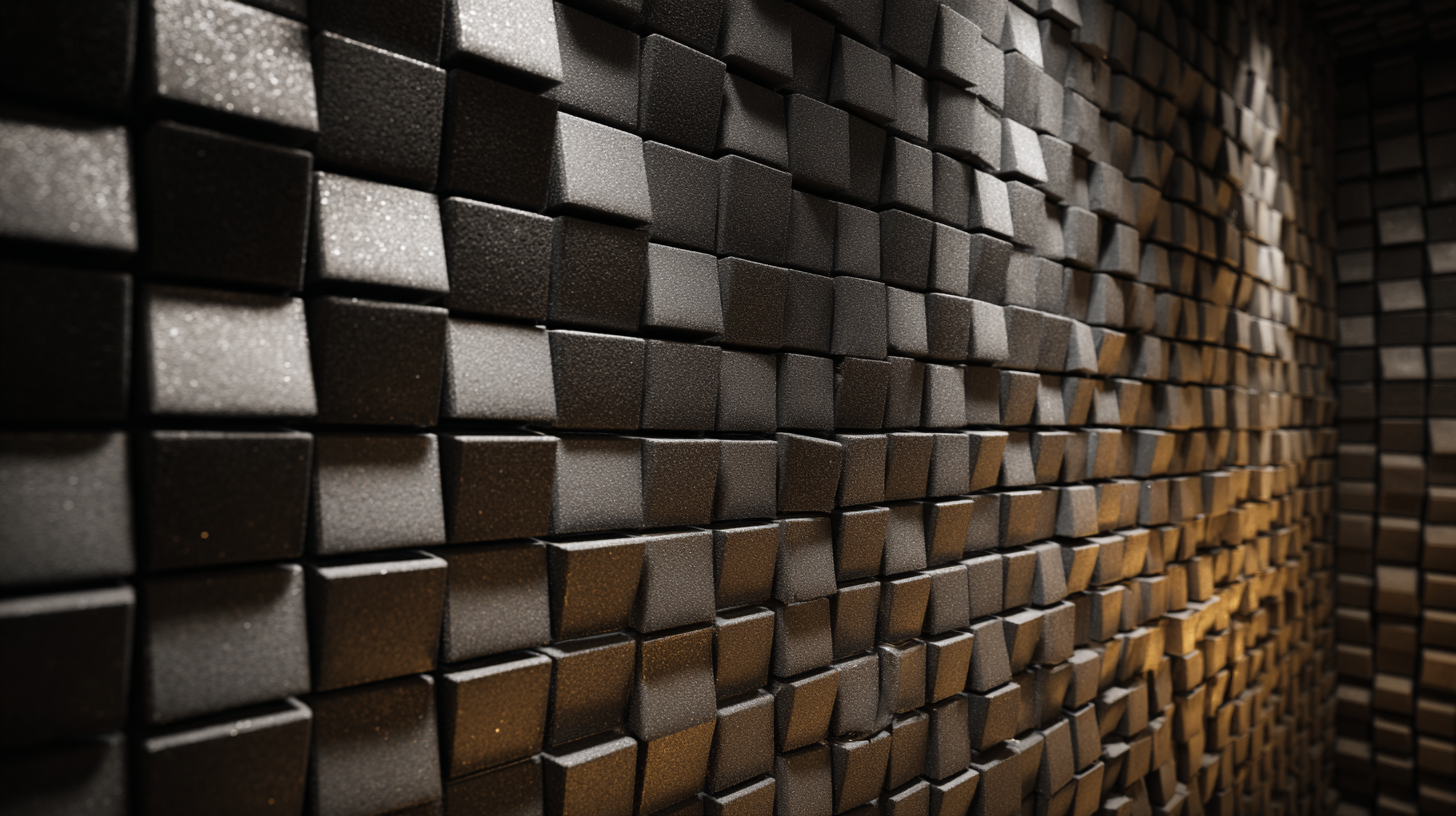
Fiberglass panels, on the other hand, provide superior sound transmission class (STC) ratings, often exceeding 30, which makes them ideal for residential spaces where sound insulation is paramount. A study by the National Institute of Standards and Technology shows that these panels significantly decrease reverberation time, enhancing sound quality in rooms used for music or media. Furthermore, mass-loaded vinyl stands out for its heavy, dense nature, providing excellent sound blocking capabilities. Its effectiveness can be quantified by its ability to reduce noise levels by approximately 10-15 decibels, making it a top choice for homeowners seeking optimal soundproofing solutions.
Measuring Your Room: How to Determine the Quantity and Placement of Panels
To effectively improve soundproofing in your home, proper measurement of your room is crucial to determine the quantity and placement of soundproof panels. Research from the National Institute of Standards and Technology (NIST) indicates that sound absorption can be enhanced significantly if panels are strategically placed around the room, especially in areas where sound reflection is most pronounced. This typically includes walls opposite each other and corners where low-frequency reverberations tend to accumulate.
When measuring your space, consider both the dimensions and types of surfaces present. For instance, hard surfaces such as concrete or tile can lead to increased sound reflection, necessitating more panels for effective sound reduction. According to data from the Acoustical Society of America, a general rule of thumb is to use one square foot of soundproof panel for every 10 square feet of floor space for optimal results. Additionally, ensuring you cover the first reflection points—where sound waves initially bounce off surfaces—will further enhance the effectiveness of your soundproofing strategy. This thoughtful planning will maximize acoustic quality and create a more tranquil home environment.
Tips for Installation: Maximizing Soundproofing Efficiency in Your Home
When it comes to installing soundproof panels in your home, the placement and technique can significantly impact their effectiveness. First, identify the primary sources of noise in your living space. For rooms with hard surfaces, like tile or hardwood, adding panels to walls and ceilings can absorb excessive sound. Consider covering areas such as the walls adjacent to noisy neighbors or those facing busy streets, as these are critical zones for sound reduction.
Additionally, don’t overlook the importance of tight seals. Gaps in windows, doors, or even between the panels will allow sound to sneak in. Ensure that windows are fitted with weather stripping, and use acoustic caulk to seal any cracks or openings around the panels. This added layer will enhance your soundproofing efforts, helping to create a more serene environment.
Lastly, experiment with different panel materials and thicknesses based on your specific needs. Thicker panels may provide better sound absorption, but their effectiveness can vary according to the frequency of the noise. Combining acoustic panels with other soundproofing methods, such as carpets or soft furnishings, can also amplify your results, leading to a more peaceful living space.
The Ultimate Guide to Choosing the Best Sound Proof Panels for Your Home - Tips for Installation
| Panel Type | Material | Thickness | NRC Rating | Installation Method |
|---|---|---|---|---|
| Acoustic Foam Panels | Polyurethane Foam | 1 inch | 0.9 | Glue or Adhesive |
| Fabric Wrapped Panels | Mineral Wool | 2 inches | 0.8 | Wall Mounting |
| Mass Loaded Vinyl | Vinyl Composite | 1 lb/ft² | 1.0 | Hanging or Stapling |
| Soundproof Drywall | Gypsum Board | 5/8 inch | 0.5 | Screwing into Framing |
| Soundproof Curtains | Thick Fabric | N/A | 0.7 | Hanging |
Related Posts
-
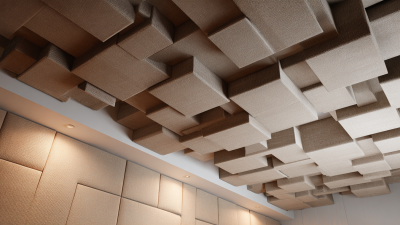
Transform Your Space with Stylish Sound Absorbing Panels: A Comprehensive Guide
-
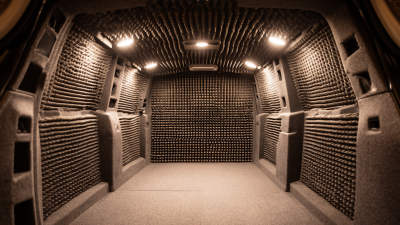
How to Choose the Right Sound Deadening Material for Your Project
-

Exploring the Impact of Sound Absorbing Panels at the 138th Canton Fair 2025: Industry Insights and Trends
-

Exploring Market Trends: Sound Absorbing Panels at the 138th Canton Fair 2025 with Key Industry Insights
-
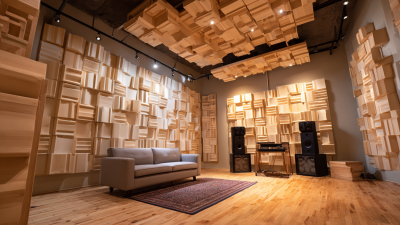
7 Best Sound Absorbing Panels for Ultimate Acoustic Comfort
-
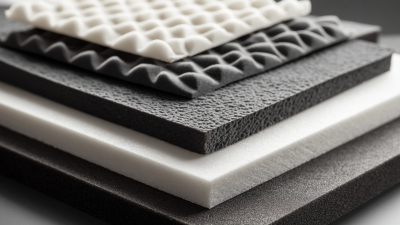
Unlocking Acoustic Perfection: Why Soundproof Foam is Your Best Investment for Noise Reduction